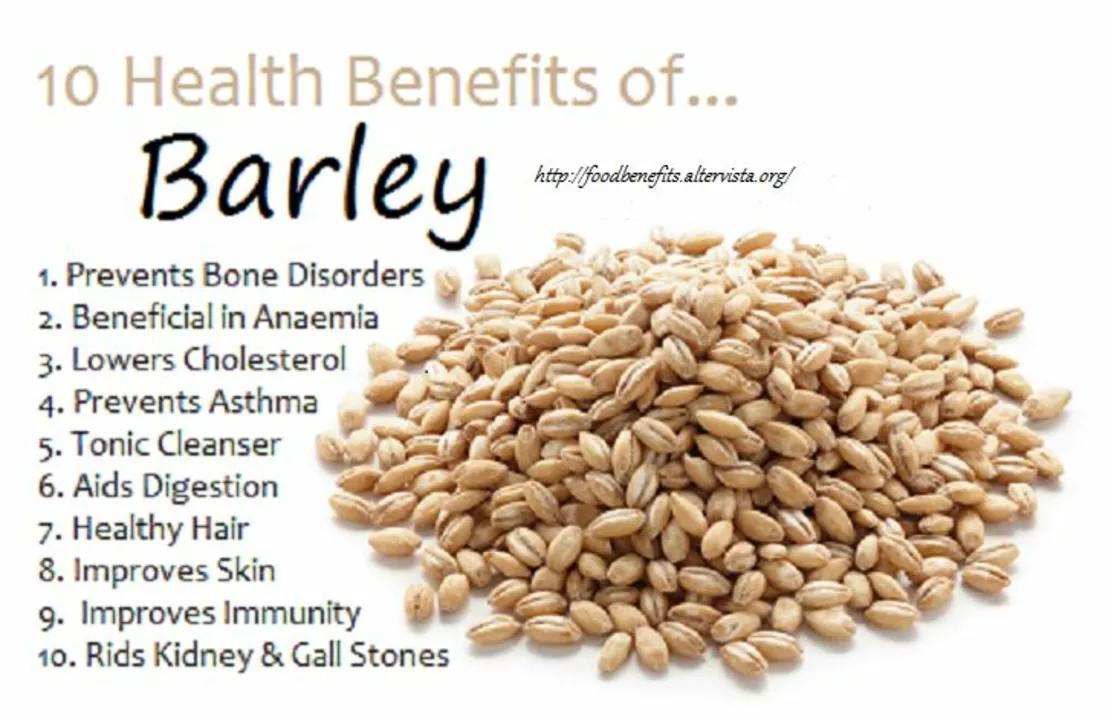Broom Corn: What It Is and Why You Might Grow It
Ever seen those stiff, colorful broom heads or tall, grassy stalks in a fall display and wondered what they are? That's broom corn, a type of sorghum grown for its long, durable seed heads. It’s not the same as garden corn—it's a grass used for brooms, crafts, and decoration. People like it because it’s tough, easy to dry, and looks great in bouquets.
Growing & Harvesting Broom Corn
Broom corn likes warm weather. Plant seeds after the last frost when soil is at least 60°F. Give each plant about 8–12 inches of space. It grows in ordinary garden soil but does best with full sun and steady moisture early on.
Fertilize lightly—too much nitrogen makes lots of leaves but weakens the seed heads. Water regularly until the heads form, then taper off so the stems can toughen. Keep an eye out for birds; they love the seed heads and will peck them early if you don’t protect them with netting.
Harvest when the seed heads are full and firm but before seeds shatter. Cut stems near the base and hang bundles upside down in a dry, airy place to finish drying. This preserves the shape and color while preventing mold.
Common Uses and Simple Craft Tips
The main use is obvious: brooms. The sturdy, straight heads bind well and make long-lasting sweeping tools. Beyond that, broom corn is popular for wreaths, fall arrangements, and rustic decor. You can dye dried heads with fabric dyes or food-safe colorings for vivid results.
For a quick craft: strip lower leaves, bind 6–8 stems tightly with twine, and fold the bundle over a handle to make a small whisk broom. For larger brooms, add more stems and secure with several wraps of twine or wire.
Seed heads also make good bird feed once fully ripe. If you want seed for sowing next year, store fully dry heads in breathable bags away from rodents and moisture.
Before using broom corn around the house, brush off loose seeds—those can be messy and attract pests.
Safety note: like other sorghums, broom corn can produce compounds that may be harmful to livestock under drought or stress. If you keep animals, don’t graze stressed plants and remove any suspect material. Also, if you or family members have strong seasonal allergies, the pollen can irritate sensitive noses during bloom.
Where to buy seeds? Look for sorghum or broom corn seeds from specialty seed suppliers or farm stores. Heirloom varieties are common and often sold as “broomcorn” or “sorghum broom.”
Want a decorative patch without fuss? Plant in a corner bed or a tall container. It fills space quickly and gives a clear seasonal focal point. Want a practical project? Try making a simple broom—it's cheap, useful, and satisfying.
Broom Corn: The Secret Superfood You Need to Add to Your Diet Today!

I just discovered broom corn, a secret superfood that you need to add to your diet today! Broom corn is packed with nutrients like vitamins and minerals, and it's gluten-free, making it perfect for those with dietary restrictions. This versatile grain can be used in a variety of dishes, from salads to stir-fries. Plus, it's eco-friendly, since it requires less water to grow compared to other grains. Give broom corn a try and boost your health while enjoying delicious meals!
